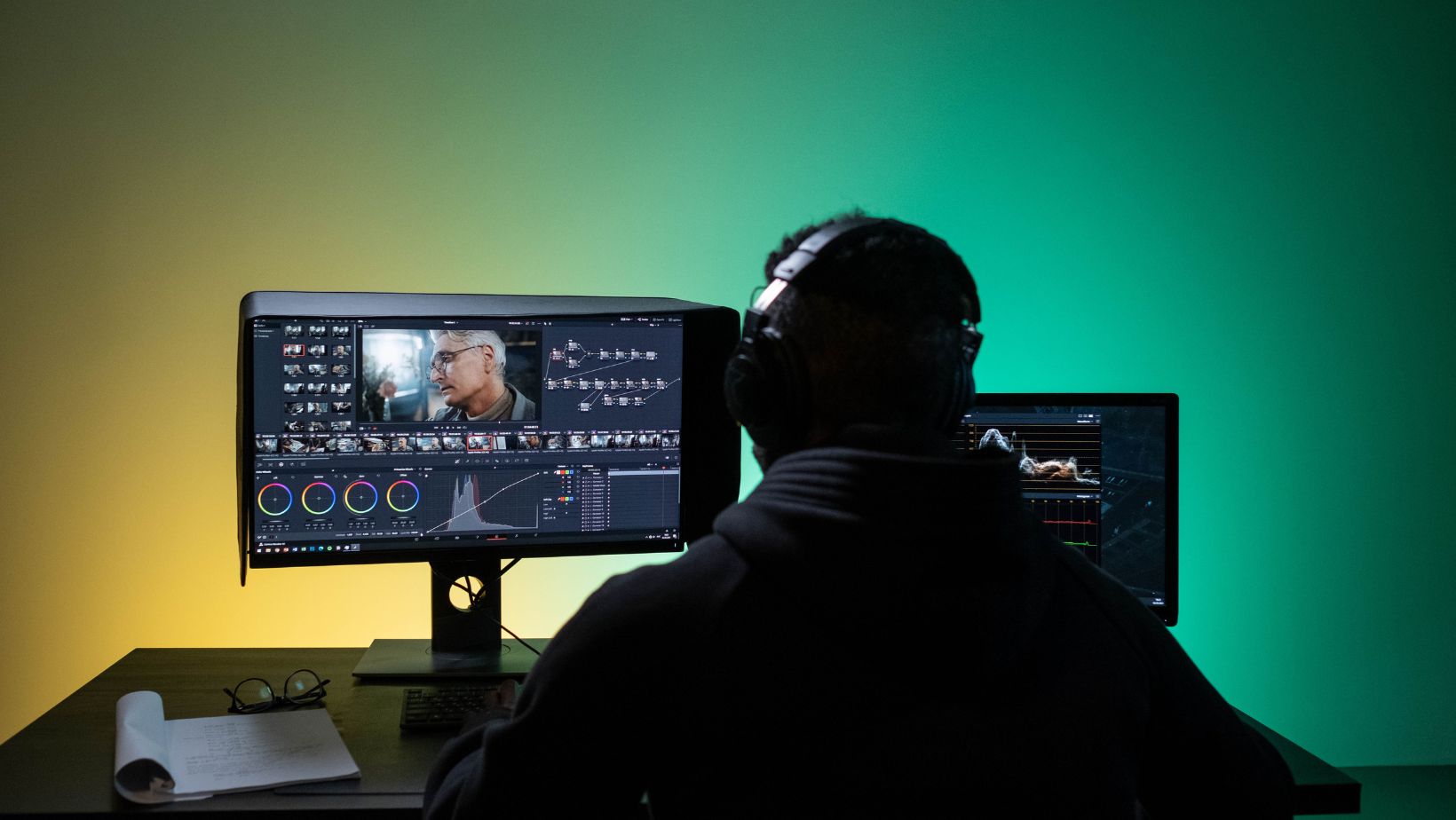Table of Contents
ToggleHow To Merge Shapes In Illustrator
Merging shapes in Adobe Illustrator is essential for creating complex and unique designs. Whether you’re a graphic designer, illustrator, or simply someone who enjoys experimenting with shapes, knowing how to merge them can take your artwork to the next level. In this article, I’ll walk you through the step-by-step process of merging shapes in Illustrator and explore various techniques to help you achieve your desired results.
One of the key benefits of merging shapes is that it allows you to create more intricate and customized designs. By combining different shapes into one, you can form new and interesting forms that are not possible with individual elements alone. This technique opens up endless possibilities for creating logos, icons, illustrations, and other graphical elements.
There are several methods you can use to merge shapes in Illustrator. You can use the Pathfinder panel to combine objects using the Unite, Minus Front, Intersect, and Exclude options. Alternatively, you can employ the Shape Builder tool to merge overlapping areas or divide shapes into separate parts easily. Understanding these techniques will empower you to manipulate shapes effortlessly and bring your creative vision to life.
So, let’s dive in and discover how to merge shapes in Illustrator! Whether you’re a beginner or an experienced user looking for new tricks, this article will provide valuable insights on unleashing the full potential of shape merging in Illustrator’s versatile design environment.

Understanding the Basics of Shape Merging
When working with shapes in Adobe Illustrator, one essential skill to master is shape merging. This technique allows you to combine two or more shapes into a single entity, opening up a world of creative possibilities. In this section, we’ll delve into the fundamentals of shape merging and explore how it can enhance your design projects.
First, let’s consider the various ways shapes can be merged in Illustrator. The most common method is the Pathfinder tool, which offers a range of options such as Unite, Minus Front, Intersect, and Exclude. Each option has its purpose and effect on the resulting shape. For instance, Unite combines multiple shapes into one solid object, while Minus Front subtracts the frontmost shape from those behind it.
Another technique for shape merging is through compound paths. By creating compound paths, you can merge shapes with overlapping areas or holes. This method gives you more control over how different elements interact with each other within your artwork.
It’s worth noting that when merging shapes in Illustrator, the order of selection matters. The topmost selected shape will act as the primary or base shape from which other shapes will be merged or subtracted. So, if you want specific parts of a design to remain intact while merging others, ensure they are arranged accordingly before applying any merging operation.
Beyond simple geometric shapes like rectangles and circles, you can experiment with more complex forms by combining different paths and curves using techniques like the Shape Builder or Pen tools. These tools allow you to create custom outlines and merge them seamlessly to achieve intricate designs.
As we venture deeper into understanding shape merging in Illustrator, remember that practice makes perfect. Don’t hesitate to experiment with different combinations of shapes and explore various merging techniques to unleash your creativity fully.
In summary:
- Shape merging in Adobe Illustrator allows you to combine multiple shapes into one entity.
- The Pathfinder tool and compound paths are two common methods for shape merging.
- The selection order is important when merging shapes, as the topmost selected shape is the primary shape.
- Shape merging extends beyond simple geometric shapes and can create complex designs.
- Experimentation and practice are key to mastering shape merging in Illustrator.
Now that we have covered the basics of shape merging let’s dive deeper into specific techniques and advanced features that will take your design skills to new heights. Stay tuned for more exciting insights in the upcoming sections of this article.






